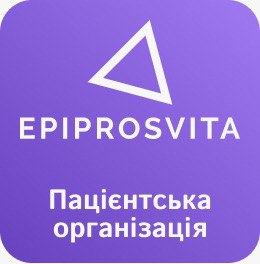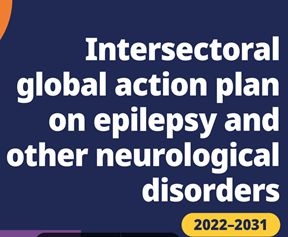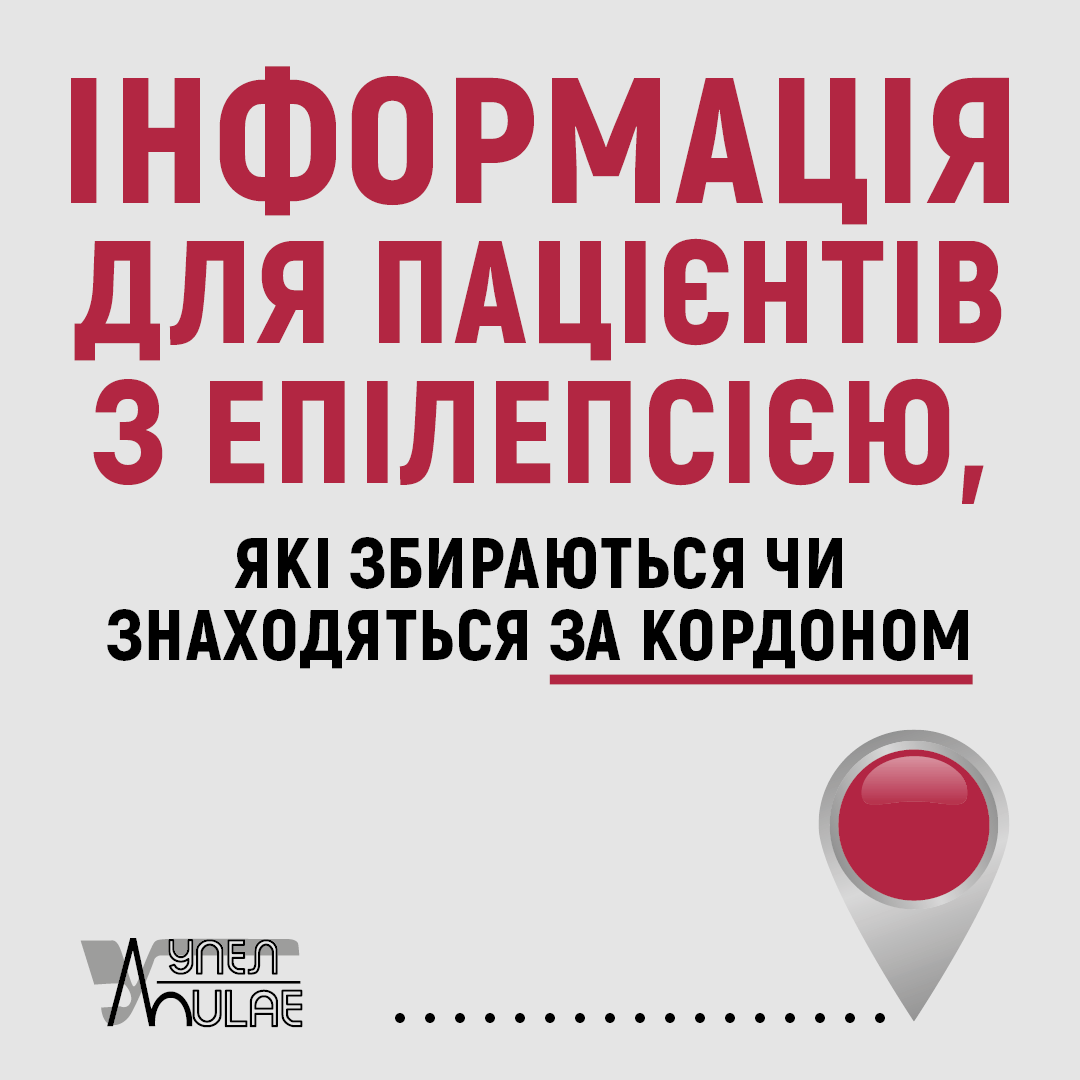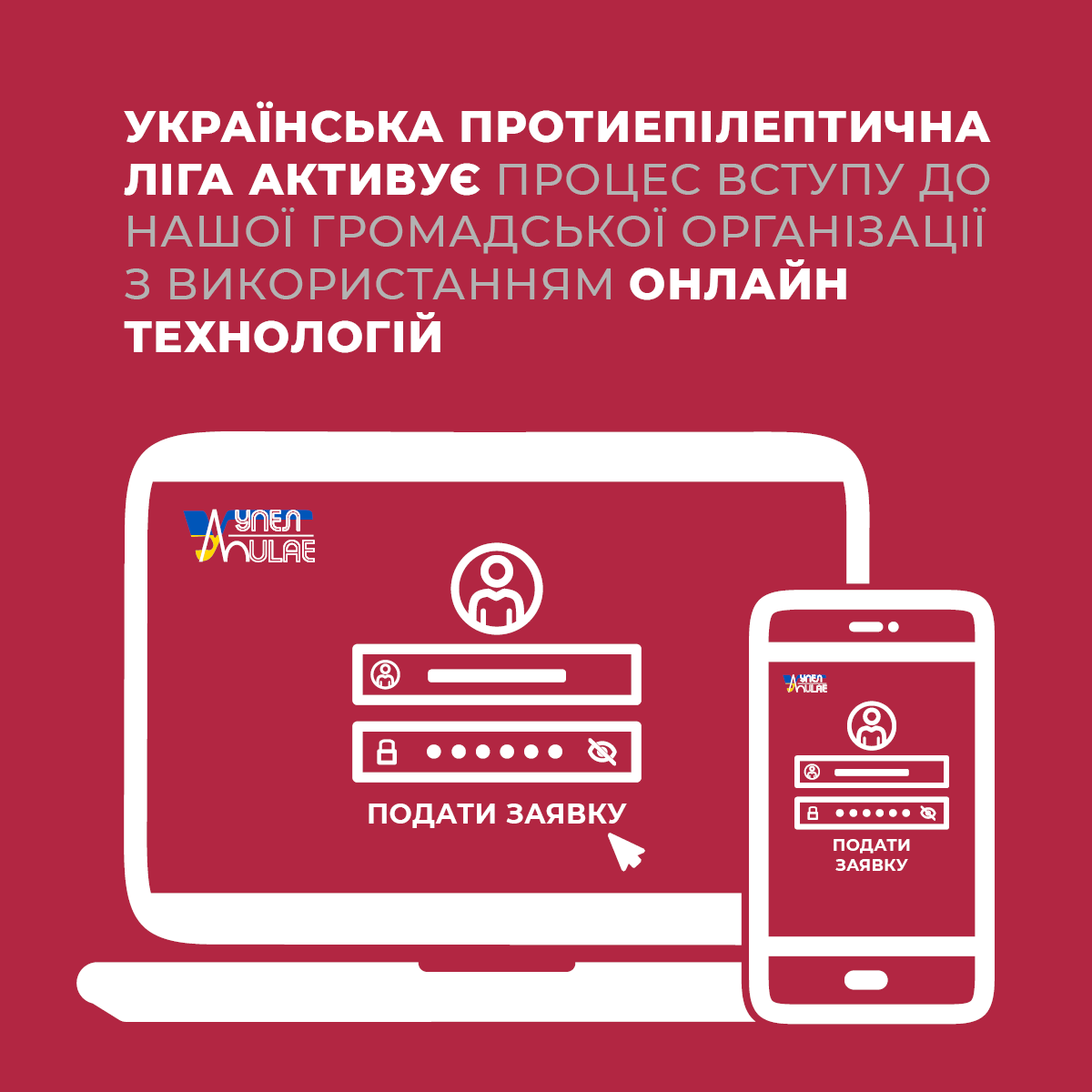In the countries which were initially ravaged by the COVID-19 pandemic, people are now emerging again from the lock-down imposed by their governments in an attempt to “flatten the curve” and protect health systems from becoming overwhelmed by patients badly affected by the virus. In these countries the attention is shifting from the emergency provision of extra hospital beds and ventilators to the development of new ways of working intended to reduce the infection risk to patients and clinicians – such as telephone or video-phone consultations. Routine surgical procedures are rescheduled, often after complex preparations including testing for COVID-19 infection and quarantine procedures. While life is still far from what was “normal” not so long ago, people are experimenting with a new kind of normality that may be sustainable for months, and possibly longer. Physicians in these countries may feel that I am a little behind with my editor’s choice from the current volume of Seizure, a narrative review about the epileptological consequences of corona virus infections by Ali Asadi-Pooya (1). However, while the panic which certainly coloured the initial responses to the pandemic may have settled in the countries described above, many other countries – mostly with far fewer resources than those that were hardest hit by the first wave of the pandemic are still experiencing dramatic increases in case numbers. Clinicians in these countries will still be looking around anxiously for anything they can learn about COVID-19.
One thing clinicians specializing in the treatment of seizure disorders will learn from the review by Dr. Asadi-Pooya is that previous experience with other corona viruses (such as SARS or MERS) suggests that their services may occasionally be called upon. These and other corona viruses do not only affect the respiratory organs through which they enter the body, they are also capable of causing encephalitides which may be associated with seizures (2,3).
Similarly COVID-19 can cause neurological symptoms. In one case series based on observations among 219 patients admitted to hospital with serious COVID-19 infections in China, 36.4% had neurologic manifestations. The commonest symptoms were dizziness (17%) and headache (13.1%). Impairment of taste (6%) and smell (5%) were also quite common. Depending on whether the cases were categorised as “severe” or “non severe”, stroke, brain haemorrhage or TIAs were seen in 6% vs 1%, impaired consciousness in 15% vs 3%, and skeletal muscle injury in 19% vs 5% (4).
Although there are only sporadic reports of seizures or status epilepticus in the context of COVID-19 infections so far, it would be surprising if the many haematological, immunological and metabolic complications attributed to this virus or – or the treatments of these complications – were never associated with epileptological complications, especially with non-convulsive status epilepticus which may well be missed in settings where neurologists are not involved in providing front line care and access to EEG is limited because of resource limitation or because of infection control measures.
References:
1) Asadi-Pooya A. Seizures associated with coronavirus infections. Seizure 2020; 79: 49-52
2) Li Y, Li H, Fan R, Wen B, Zhang J, Cao X, et al. Coronavirus Infections in the Central Nervous System and Respiratory Tract Show Distinct Features in Hospitalized Children. Intervirology 2016; 59: 163-169.
3) Saad M, Omrani AS, Baig K, Bahloul A, Elzein F, Matin MA, et al. Clinical aspects and outcomes of 70 patients with Middle East respiratory syndrome coronavirus infection: a single-center experience in Saudi Arabia. Int J Infect Dis 2014; 29: 301-306.
4) Mao L, Jin H, Wang M, et al. Neurologic Manifestations of Hospitalized Patients With Coronavirus Disease 2019 in Wuhan, China. JAMA Neurol. Published online April 10, 2020. doi:10.1001/jamaneurol.2020.1127
Seizure 2020, Том 79, Вибір редактора: Напади, які пов'язані з коронавірусними інфекціями
У країнах, які спочатку були спустошені пандемією COVID-19, зараз люди знову виходять із блокування, запровадженого їхніми урядами, у спробі «сплющити криву» та захистити системи охорони здоров’я від переповнення пацієнтів, які сильно постраждали від вірусу. У цих країнах увага зміщується з екстреного надання додаткових лікарняних ліжок і апаратів штучної вентиляції легенів на розробку нових способів роботи, спрямованих на зниження інфекційного ризику для пацієнтів і лікарів – клініцистів, таких як телефонні або відеотелефонні консультації. Планові хірургічні процедури переносяться, часто після складних приготувань, включаючи тестування на інфекцію COVID-19 і карантинні процедури. У той час як життя все ще далеке від того, що було "нормальним" не так давно, люди експериментують з новим видом нормальності, яка може бути стабільною протягом багатьох місяців, а можливо і довше. Лікарі цих країн можуть відчути, що я трохи відступаю від мого вибору як редактора з поточного номеру «Seizure», огляду розповіді про епілептологічні наслідки корона-вірусних інфекцій Ali Asadi-Pooya (1). Проте в той час як паніка, яка, безумовно, забарвлювала початкові відповідні заходи на пандемію, можливо, вже вляглася в країнах, описаних вище, багато інших країн – в основному з набагато меншими ресурсами, ніж ті, які найбільше постраждали від першої хвилі пандемії, - все ще відчувають різке збільшення числа випадків захворювання. Клініцисти в цих країнах все ще будуть з тривогою озиратися навколо в пошуках всього, що вони можуть дізнатися про COVID-19.
Одна річ, яку клініцисти, що спеціалізуються на лікуванні епілепсії, дізнаються з огляду доктора Ali Asadi-Pooya, полягає в тому, що попередній досвід роботи з іншими коронавірусами (такими як SARS або MERS) показує, що їхні послуги іноді можуть бути затребувані. Ці та інші коронавіруси не тільки вражають органи дихання, через які вони потрапляють в організм, але і здатні викликати енцефаліти, що можуть бути пов'язані з нападами (2,3).
Так само COVID-19 може викликати і інші неврологічні симптоми. В дослідженні що базується на спостереженнях 219 пацієнтів, які поступили в лікарню з серйозними інфекціями COVID - 19 в Китаї, 36,4% мали неврологічні прояви. Найбільш частими симптомами були запаморочення (17%) і головний біль (13,1%). Порушення смаку (6%) і нюху (5%) також було досить поширеним явищем. Залежно від того, чи були ці випадки класифіковані як «важкі» або «неважкі», інсульт, крововилив в мозок або ТІА спостерігалися у 6% проти 1%, порушення свідомості – у 15% проти 3% та пошкодження скелетних м'язів – у 19% проти 5% (4).
Хоча досі існують лише спорадичні повідомлення про епілептичні напади або епілептичний статус у контексті інфекції COVID-19, було б дивно, якби багато гематологічних, імунологічних та метаболічних ускладнень, які приписували цьому вірусу, або лікування цих ускладнень - ніколи не були пов'язані з епілептологічними ускладненнями, особливо з неконвульсивним епілептичним статусом, який може бути пропущений в умовах, коли неврологи не беруть участь у наданні первинної допомоги, а доступ до ЕЕГ обмежений через обмеженість ресурсів або через заходи інфекційного контролю.
References:
1) Asadi-Pooya A. Seizures associated with coronavirus infections. Seizure 2020; 79: 49-52
2) Li Y, Li H, Fan R, Wen B, Zhang J, Cao X, et al. Coronavirus Infections in the Central Nervous System and Respiratory Tract Show Distinct Features in Hospitalized Children. Intervirology 2016; 59: 163-169.
3) Saad M, Omrani AS, Baig K, Bahloul A, Elzein F, Matin MA, et al. Clinical aspects and outcomes of 70 patients with Middle East respiratory syndrome coronavirus infection: a single-center experience in Saudi Arabia. Int J Infect Dis 2014; 29: 301-306.
4) Mao L, Jin H, Wang M, et al. Neurologic Manifestations of Hospitalized Patients With Coronavirus Disease 2019 in Wuhan, China. JAMA Neurol. Published online April 10, 2020. doi:10.1001/jamaneurol.2020.1127





